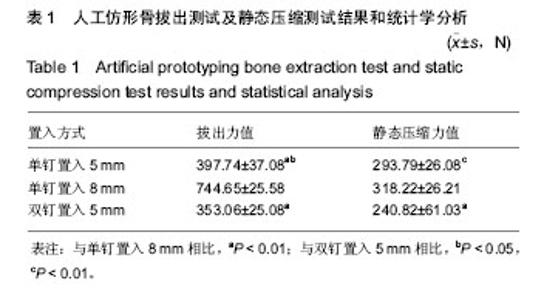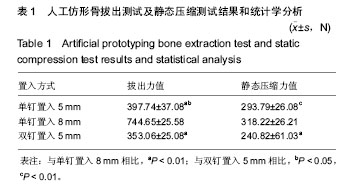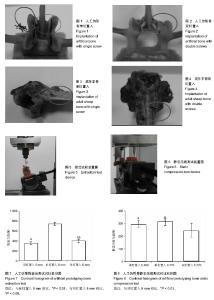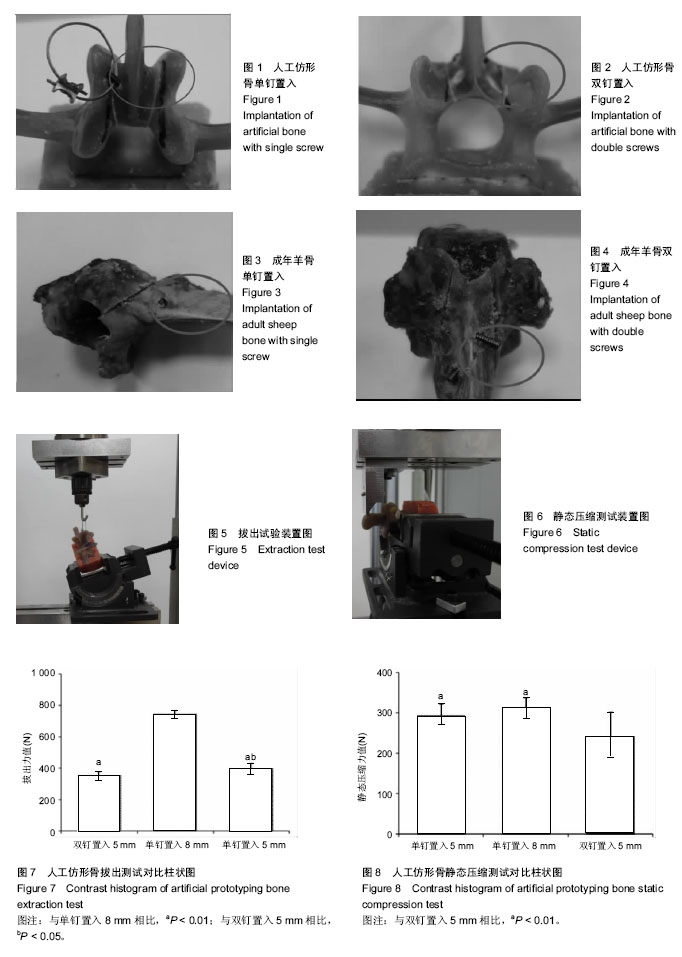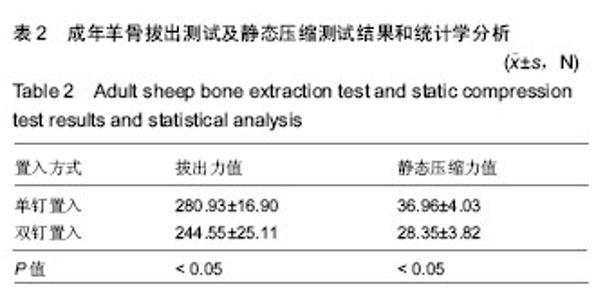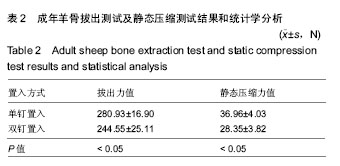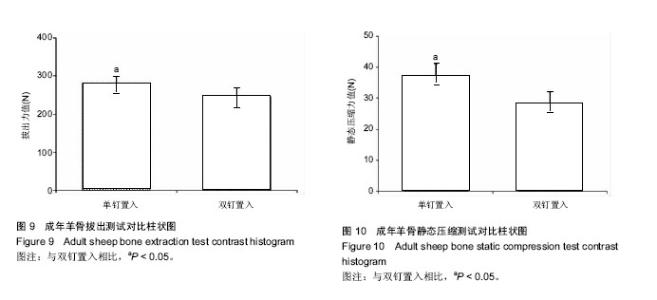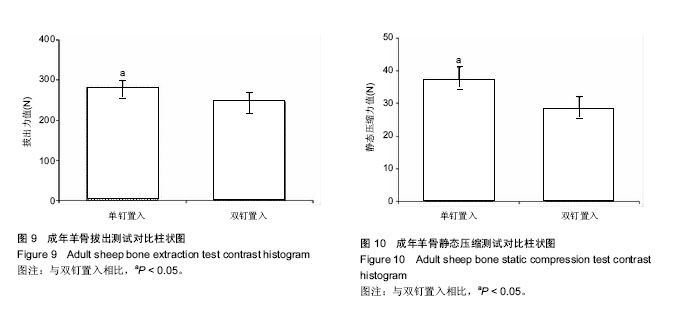| [1] Iida Y, Kataoka O, Sho T, et al. Postoperative lumbar spinal instability occurring or progressing secondary to laminectomy. Spine. 1990;15(11):1186-1189. [2] Yasuoka S, et al. Incidence of spinal column deformity after multilevel laminectomy in children and adults.J Neurosurg. 1982;57(4):441-445.[3] Wiedemayer H, Sandalcioglu IE, Aalders M, et al. Reconstruction of the laminar roof with miniplates for a posterior approach in intraspinal surgery: technical considerations and critical evaluation of follow-up results. Spine. 2004;29(16):E333-E342.[4] Matsui H, Kanamori M, Miaki K. Expansive laminoplasty for lumbar intra dural lipoma. Int Orthop. 1997; 21(3):185-187. [5] Park SB, Jahng TA, Kim CH, et al.Thoracic and lumbar laminoplasty using a translaminar screw: morphometric study and technique. J Neurosurg Spine. 2009;10(6):603-609.[6] Yang SH, Kim CH, Chung CK, et al. Bone fusion rate in the thoracic and lumbar spine after laminoplasty with laminar screws.Spine. 2014;39(22) E1325-1330.[7] 王林锋,叶宏,陈小杰,等.空心钉置入内固定在椎管成形治疗中的应用[J].中国组织工程研究,2015,19(48):7758-7764. [8] Yeh JS, Sgouros S, Walsh AR, et al. Spinal sagittal malalignment following surgery for primary intramedullary tumours in children. Pediatr Neurosurg. 2001;35(6):318-324.[9] Raimondi AJ, Gutierrez FA, Di Rocco C. Laminotomy and total reconstruction of the posterior spinal arch for spinal canal surgery in childhood. J Neurosurg. 1976; 45(5): 555-569.[10] Hara M, Takayasu M, Takagi T, et al. Enbloc laminoplasty performed with threadwire saw. Neurosurgery. 2001;48(1): 235-239. [11] Zhou D, Nong LM, Gao GM, et al. Application of lamina replantation with ARCH plate fixation in thoracic and lumbar intraspinal tumors. Exp Ther Med. 2013;6(2):596-600. [12] Ahsan MK, Awwal MA, Khan SI, et al. Open-door laminoplasty for multilevel cervical spondylotic myelopathy and ossification of the posterior longitudinal ligament (OPLL) using titanium reconstruction miniplate and screws. Mymensingh Med J. 2017;26(3):558-568.[13] Zhou H, Liu ZJ, Wang SB, et al. Laminoplasty with lateral mass screw fixation for cervical spondylotic myelopathy in patients with athetoid cerebral palsy: A retrospective study. Medicine (Baltimore). 2016;95(39):e5033. [14] Kim SW, Lee JH, Lee HW, et al. New technique for C1 double-door laminoplasty using allograft spacers and titanium miniplate screw fixation: Technical Report.J Neurol Surg A Cent Eur Neurosurg. 2016;77(2):155-160.[15] Schmeiser G, Schilling C, Grupp TM, et al. Unilateral laminoplasty with lateral mass screw fixation for less invasive decompression of the cervical spine: a biomechanical investigation. Eur Spine J. 2015;24(12):2781-2787. [16] Yang SH, Kim CH, Chung CK, et al. Bone fusion rate in the thoracic and lumbar spine after laminoplasty with laminar screws.Spine (Phila Pa 1976). 2014;39(22):E1325-1330. [17] Chen H, Liu H, Li T, et al. Effect of penetration of mini-plate lateral mass screws into facet joint on axial symptoms in cervical laminoplasty. Zhongguo Xiu Fu Chong Jian Wai Ke Za Zhi. 2013;27(11):1324-1330.[18] Liu YK, Liu YH, Hua CF.Analysis of postoperative complication and its preventive measure of cervical open-door expansive laminoplasty with lateral mass screw fixation. Zhongguo Gu Shang. 2013;26(3):201-204. [19] Son S, Lee SG, Park CW, et al. Combined open door laminoplasty with unilateral screw fixation for unstable multi-level cervical stenosis : a preliminary report. J Korean Neurosurg Soc. 2013;53(2):83-88.[20] 张远征,潘隆盛,乔光宇,等. 髓内肿瘤切除术中的解剖学复位技术[J]. 中华神经外科杂志,2009,25(9):855-856.[21] 王林锋,陆成武,陈小杰,等. 棘突椎板复合体回植联合空心螺钉固定在胸腰椎椎管内肿瘤切除术中的应用[J]. 中国脊柱脊髓杂志,2017,27(9):795-799. |
